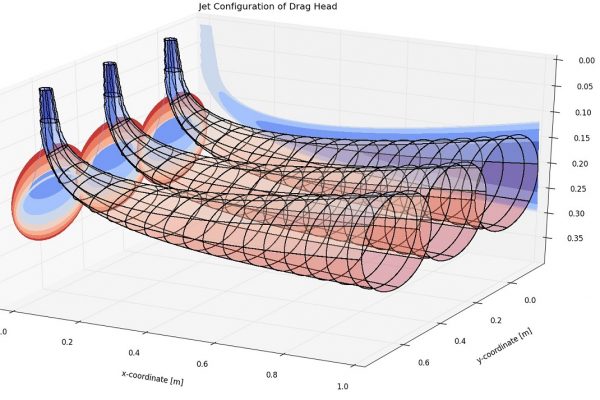Unit rate is the key performance indicator for any dredging contractor. Unit rate, $/m3, is the currency for any dredger. Reducing the unit rate is essential for increasing your company’s net profit and staying ahead of your competition.
- Select the right equipment for the job by estimating the work with various sizes and types of equipment and compare unit rates. Unit rate is a good single evaluation parameter.
- Compare your estimated unit rate with historical production levels and cost evaluations. Archive realised unit rates after each project in easy to access overviews. Highlight any (potential) constraints/opportunities that impacted the unit rate.
- Prepare the project by thinking through all the steps involved to execute the project. Dredging behind the desk is cheap compared to trial and error in the field.
- Measure your performance in sufficient detail so that you can identify any production limiting factors. There is invariably at least one production limiting factor and it should always be identified/known by the team.
- Benchmark your performance with the estimate daily. Create an easy to read dashboard to inform your team in the blink of an eye.
- Identify opportunities that could improve production levels regularly. Listen to your operators as they typically generate the best ideas for improvement.
- Perform cost-benefit analyses on technically feasible improvements. Costs are only one side of the equation. Benefits are often only achieved after investment as it takes money to make money.
- Make sure your production levels are steady state. Peaks are followed by troughs (or downtime!) which lowers the average production level.
- Maintain sufficient spare parts. You don’t need a spare dredger, but you want a system in place to minimise downtime due to technical failure.
i2D’s advanced dredging engineering solutions could significantly reduce your unit rate.

